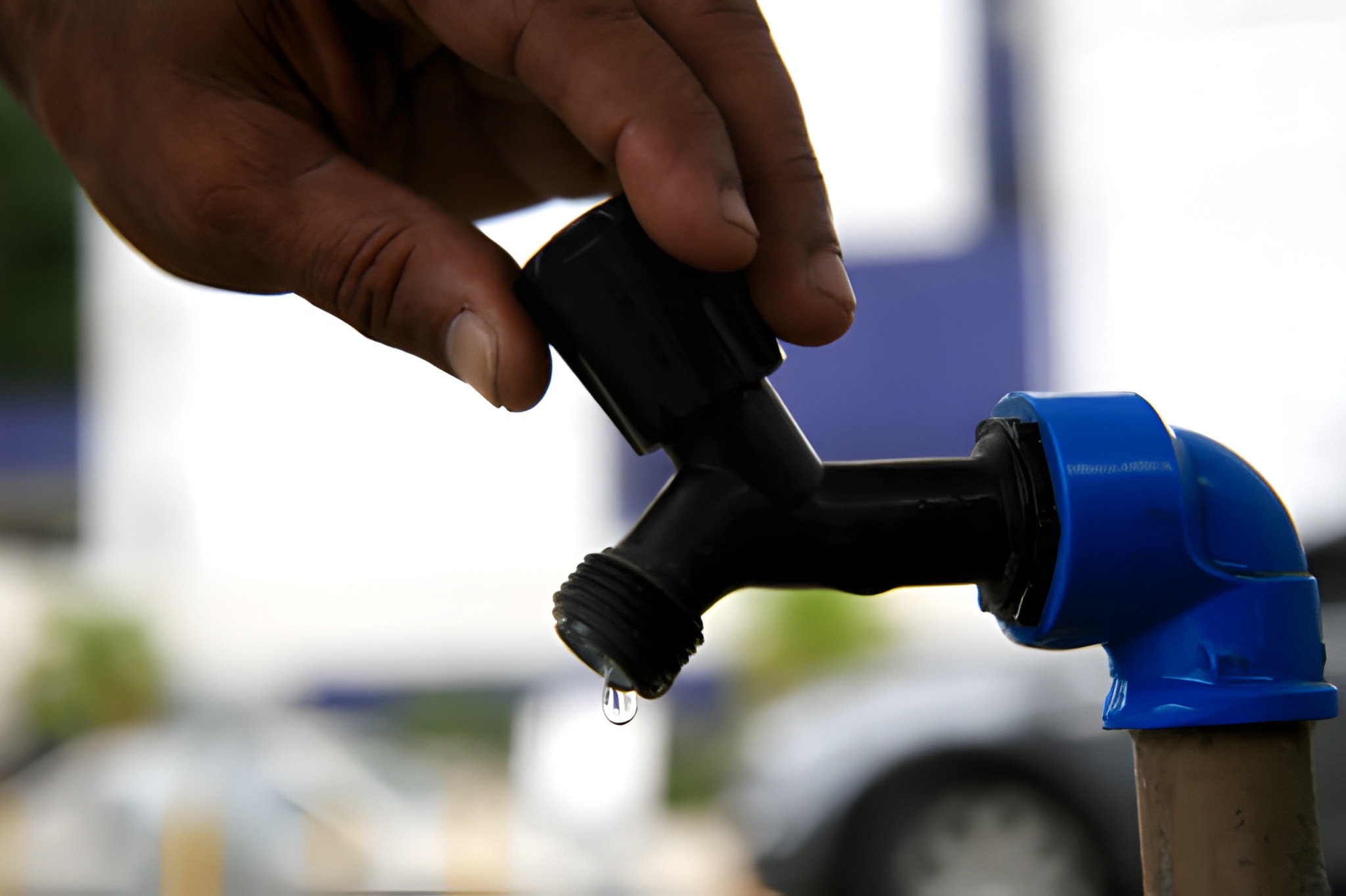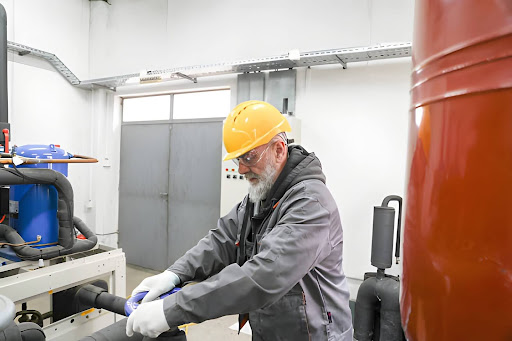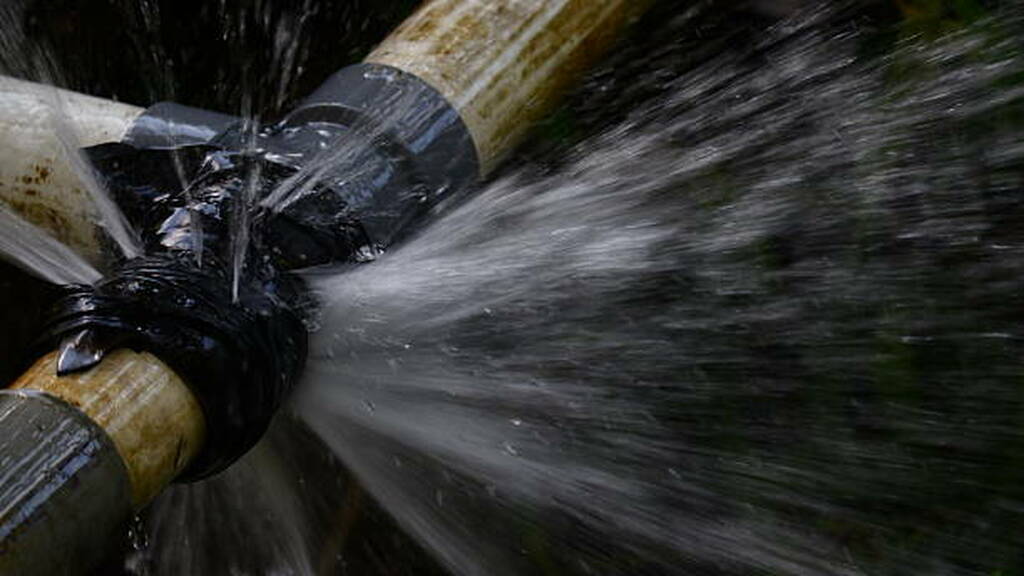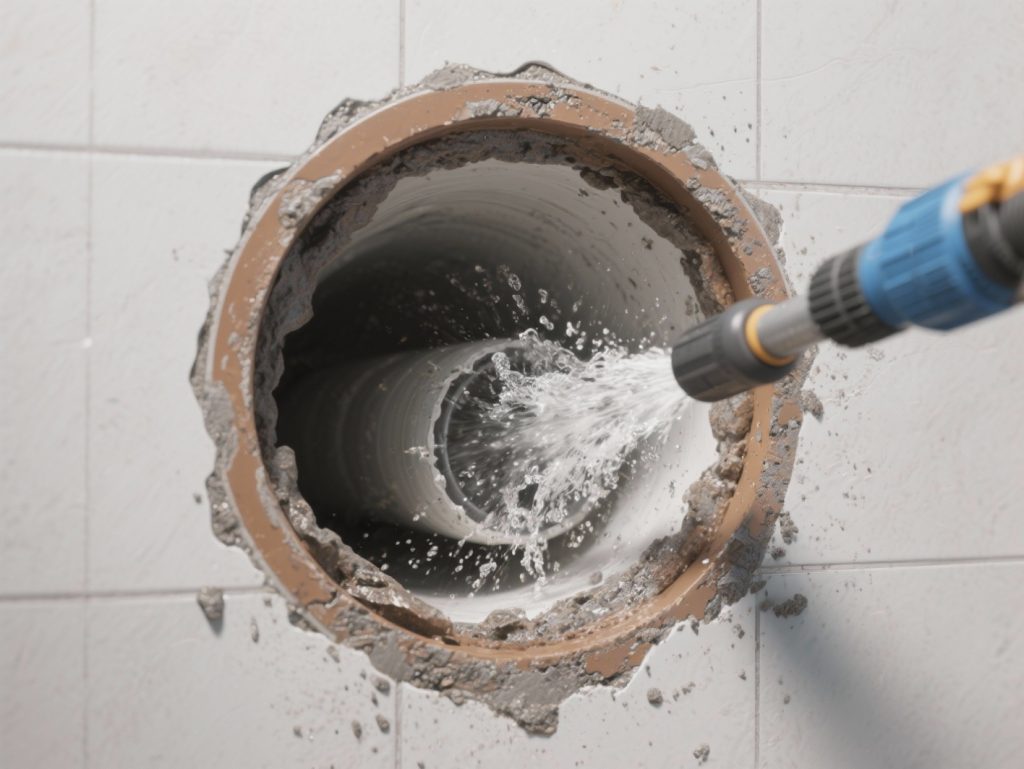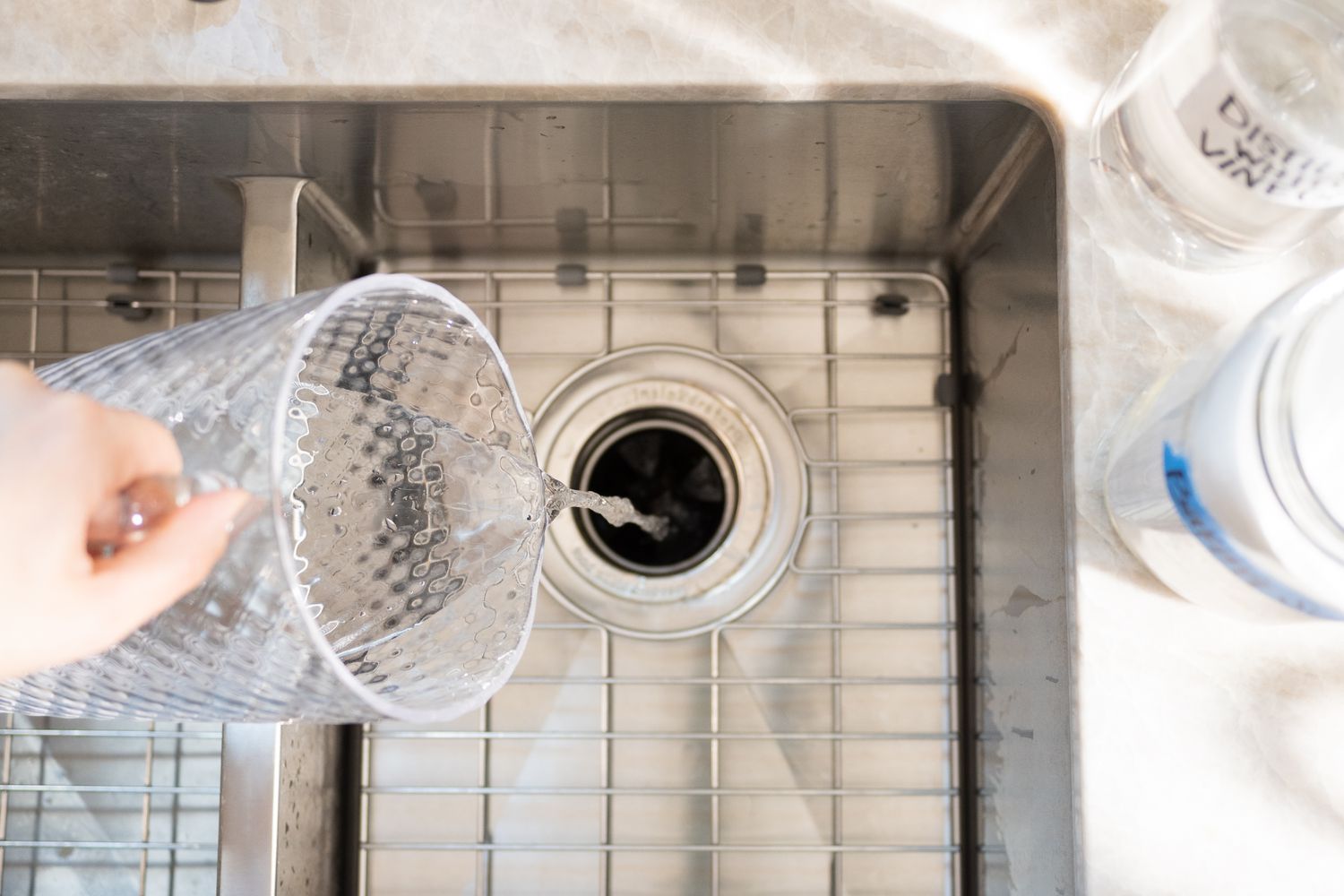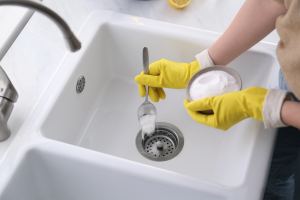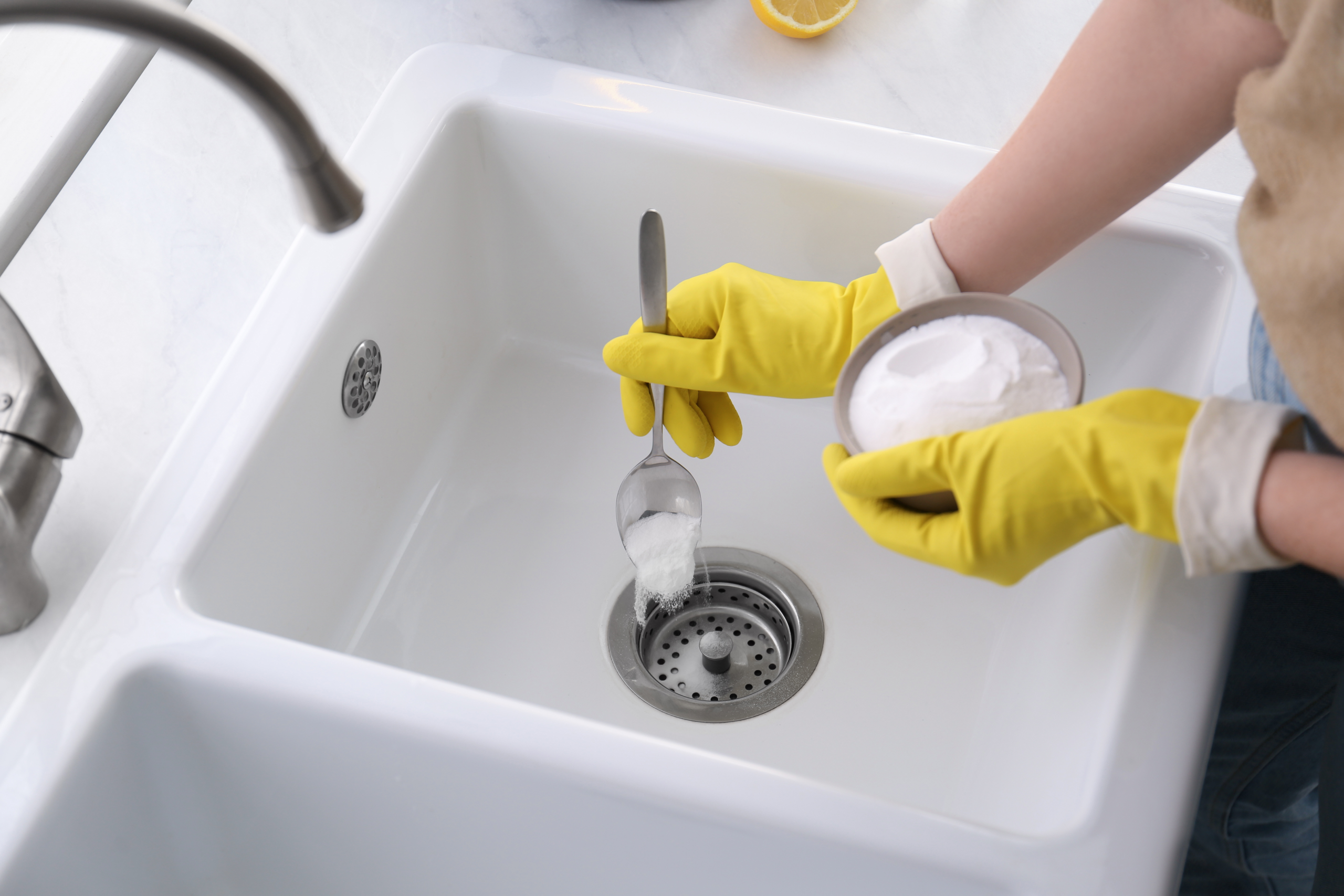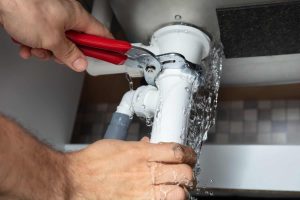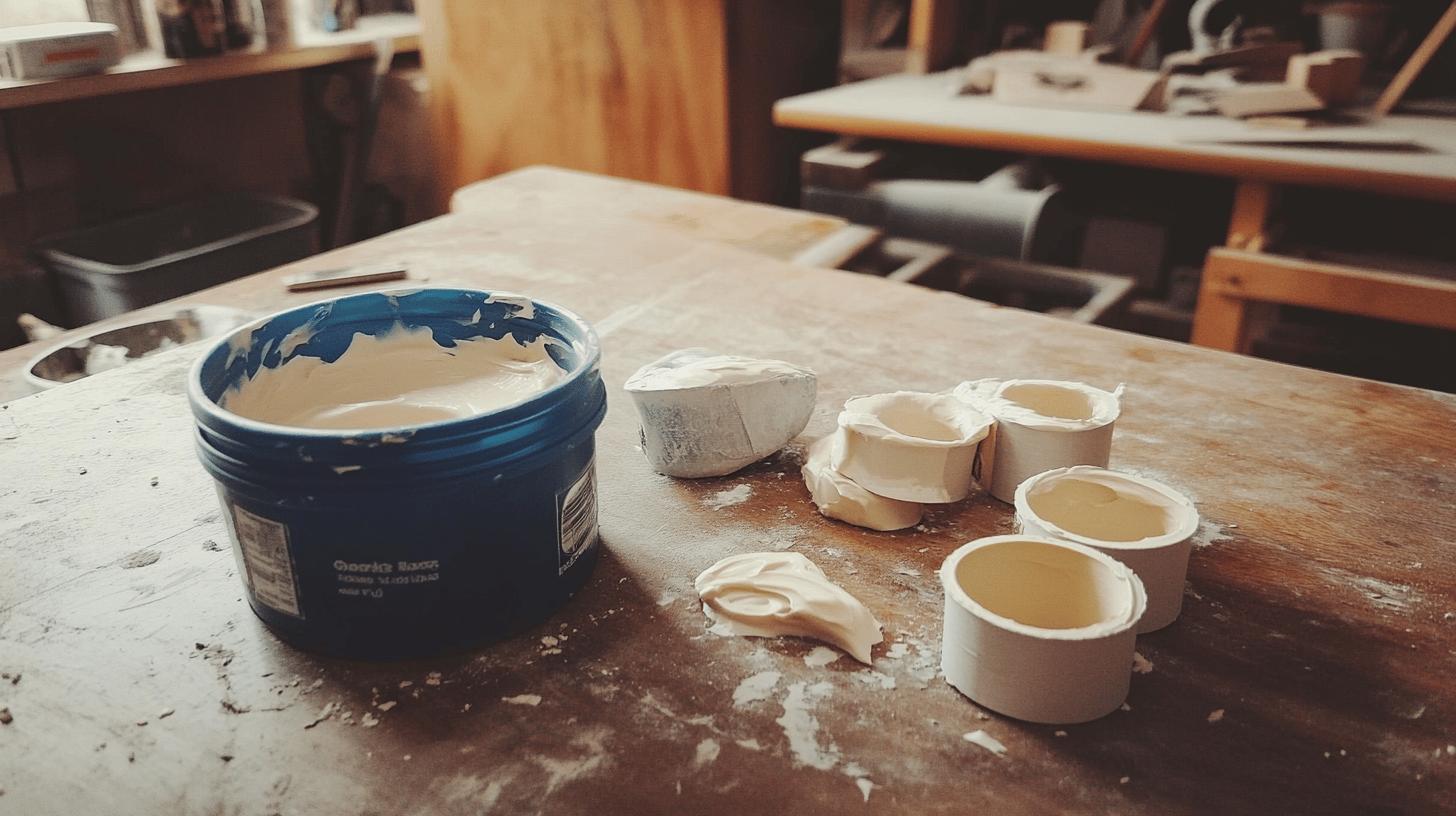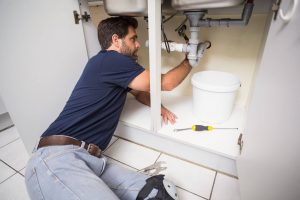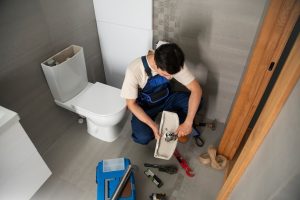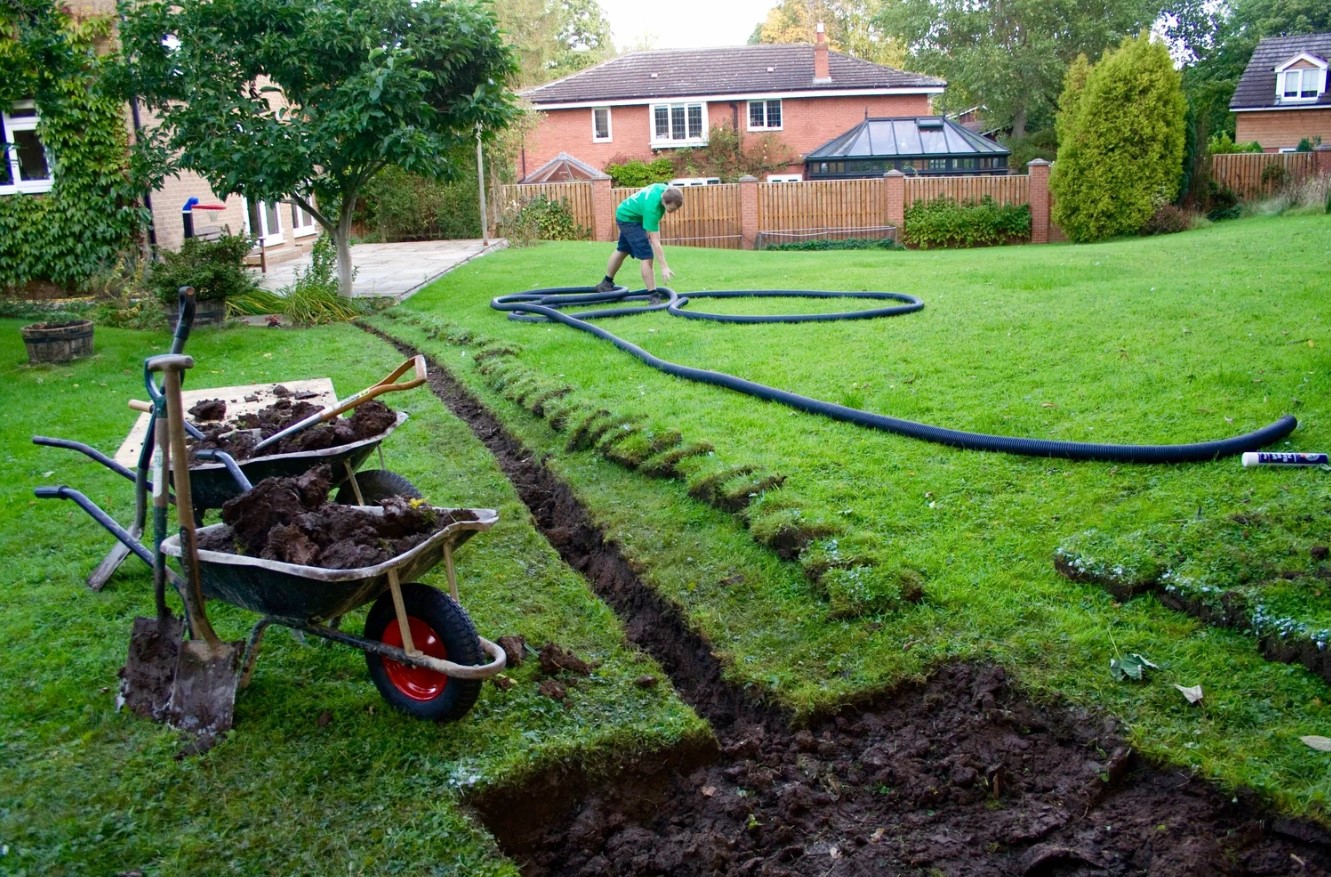You turn on the tap and wait for the rush of water. Nothing. No slight trickle. Not even one drop. Whether you’re getting ready for work or cooking dinner, suddenly having no water coming out of the tap can throw your day off balance.
The cause could be minor, like a loose fitting, or more serious, such as a hidden leak or faulty main valve. Acting quickly can save you from bigger headaches down the line.
Perspective Plumbing is the go-to local plumber when taps go dry. Our licensed team of professionals, including plumbers in South Morang and plumbers in Craigieburn, can quickly identify whether it’s a simple pressure issue or something deeper.
This blog provides practical steps for troubleshooting when no water is coming from your taps.
Check Other Taps
Before you panic, check another tap. Is the problem limited to one spot, or do all your taps seem affected? Sometimes, a single faucet might just need maintenance, maybe mineral buildup or a loose washer.
If it’s isolated, try fixing faucets by cleaning the aerator. Unscrew it, rinse any grit or rust, and reattach. If that restores flow, you’ve found your culprit. But if there’s still no water coming out, the issue could be deeper in your plumbing system.
Check With Your Supplier and Neighbours
Before tearing apart your sink, rule out the simplest cause: a water supply issue. Check with your local water supplier to see if there’s an outage or scheduled maintenance in your area. These interruptions are often temporary.
It’s also worth asking your neighbours. If they’re facing the same problem, the issue likely isn’t inside your home. But if you’re the only one without water, calling our licensed plumber in South Morang should be your next step.
Check Your Hot Water System
Sometimes, the cold tap works fine, but the hot one doesn’t. In that case, your hot water system might be the problem. A faulty thermostat, a blocked filter, or an airlock can disrupt water flow.
Before inspecting, make sure the power or gas supply is safely off. Next, check for visible leaks or signs of corrosion around the unit. Many times, fixing faucets connected to the system can restore pressure. But if there’s still no water, it’s safer to call a licensed plumber rather than poking around inside the system.
Check Your Water Main
If none of your taps are working, your main water valve might be the issue. It’s often located near the water meter, sometimes in the front yard, sometimes inside a cabinet.
Turn the valve fully on (clockwise closes it, counter-clockwise opens it). A partially closed or jammed valve can restrict flow to your entire property. If you’re unsure or find the valve stiff, our professional plumber in Craigieburn can inspect it safely and make sure it’s operating properly.
Check for Leaks
Leaks aren’t always obvious. A small split in a pipe can quietly drain water away before it reaches your taps. Look for damp patches on walls, ceilings, or under sinks. Sometimes, the real problem lies in a cracked line or faulty joint somewhere else.
If you suspect a hidden leak, avoid guesswork. Professional plumbers use drain camera inspection tools to pinpoint exactly where the water is escaping without tearing into walls. Our licensed professionals can find and fix the issue efficiently.
Check for Blockages
Sediment, rust, or even debris from old pipes can cause partial or complete blockages. You might notice reduced pressure before the tap stops altogether.
A drain camera inspection can reveal these blockages and show exactly what’s clogging the flow. Avoid using harsh chemicals, which can corrode pipes further. If cleaning the aerator or flushing doesn’t work, it’s time to call the experts. Our team can clear the obstructions and repair damaged faucets.
Check for Rust
Older homes often have steel or iron pipes that corrode over time. Rust flakes can lodge inside tap fittings and stop water completely.
Try removing the tap head and cleaning out the inside. If you notice reddish-brown residue, that’s a clue. Sometimes, fixing faucets might only be a temporary resolution; replacing rusted sections of pipe may be necessary to restore proper flow.
Check for Frozen Pipes
This one’s seasonal but serious. During cold snaps, outdoor or poorly insulated pipes can freeze, blocking water altogether. If there’s no water coming out of the tap during winter mornings, frozen pipes are a likely suspect.
Turn off your main valve and gently warm the pipe using a towel soaked in warm water or a hairdryer on low. Never use an open flame. Once thawed, run the tap to check for damage. If the pipe has cracked, call a professional immediately.
Check for Damaged or Dislodged Tap Washer
Inside every tap is a small but mighty part, the washer. When it loosens or wears out, it can block or restrict water.
Turn off the main water supply. Remove the tap handle and inspect the washer. If it’s split, misshapen, or not sitting properly, replace it with a new one. These small steps often solve low-pressure problems or restore flow entirely. When in doubt, get help with fixing faucets from someone who handles them daily.
Consider Your DIY Installations
If you’ve recently installed a new tap or tried a bit of home plumbing, it might be worth revisiting your work. A misplaced washer, an overtightened fitting, or reversed lines can all interrupt water flow.
DIY is satisfying, until it’s not. If you can’t spot what’s wrong, call a professional to check your setup and correct any installation errors. Sometimes, experienced eyes see what you’ve overlooked.
Fix Leaking Taps
Even if water is coming out now, a leaking tap wastes it and can hint at bigger internal problems. Start by turning off the supply and replacing the washer or O-ring. Tighten fittings gently, not forcefully.
Persistent drips could signal valve seat damage or hidden corrosion, which requires professional repair. Perspective Plumbing can repair or replace damaged fittings and ensure everything’s sealed correctly. Fixing faucets properly not only restores function but also prevents future water loss.
Conclusion
When there’s no water coming out of tap, the solution might be as simple as cleaning a filter, or as complex as repairing underground pipes. Go through each step carefully before reaching for the toolbox. But if you’re unsure or can’t pinpoint the problem, don’t hesitate to get professional help.
Whether you’re in South Morang, Craigieburn, or anywhere in Melbourne, Perspective Plumbing has helped countless households get their water running again safely and efficiently.
Call 0411 295 646 or get a quote online to book our service and get your water flow back to normal.
